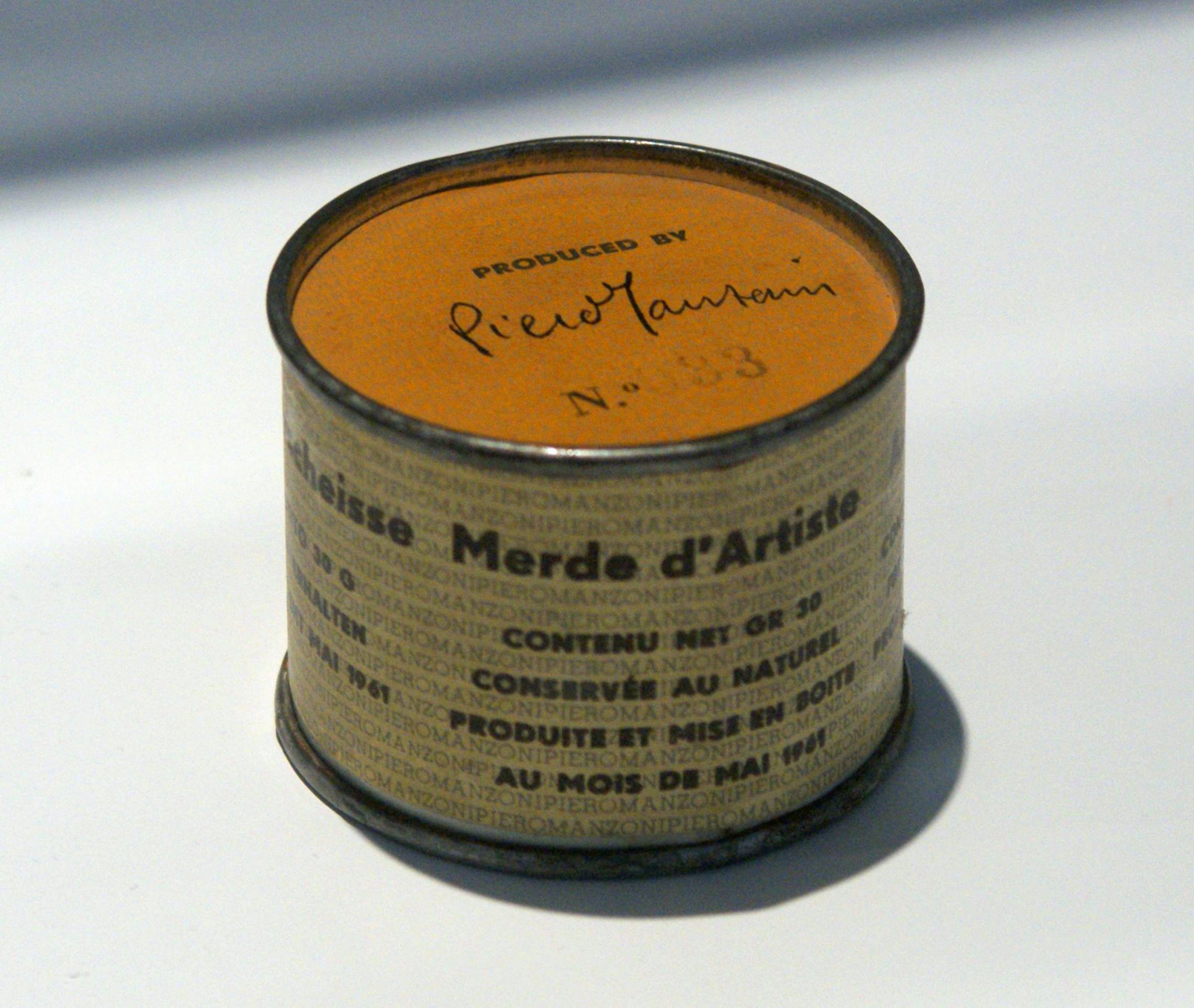Why the lack of upset over negative reviews – and the corresponding infrequency of art critics ‘getting dachshunded’ – might actually be a problem
When I moved to Germany a decade ago, I was immediately advised to purchase a dachshund. The reason being that it’s standard behaviour here to rub dachshund poo in the face of someone who’s slighted you – and, indeed, walking around Berlin, you see it happening almost daily. The British press, however, appear unfamiliar with this quaint national custom, hence all the recent column inches over Hanover State Opera’s ballet director Marco Goecke delivering a wiener-shit facial to critic Wiebke Hüster after she’d called a production of his ‘boring’ and ‘disjointed’. This smear for a smear, or classically literalist German demonstration of ‘giving a shit’, led to Goecke’s suspension and a police investigation. British commissioning editors, unable to contact Gustav the Dachshund for his thoughts, spun out the story by recounting earlier revenge tactics by affronted artistes (novelist Jeanette Winterson doorstepping some critics, or actor/dramaturge Steven Berkoff threatening to murder others). But, with the exception of The Guardian’s Adrian Searle, who recounted receiving a ‘turd in a jiffy bag’ and some menacing phone calls, tales of revenge tactics for bad exhibition reviews came there none.
This, of course, isn’t entirely surprising, and a few rationales suggest themselves as to why. First, when negative art reviews are written, people in the artworld don’t tend to get upset. I can recall, distantly, the late and short-fused London gallerist Leslie Waddington phoning Time Out’s arts desk to specifically request my head on a plate after I panned a show of his, and there was that time I suggested in Artforum that Susan Hiller maybe wasn’t godlike or even particularly original, so her courtiers swept in to clog up the magazine’s letters page for a month or two. Paul McCarthy was apparently depressed for a fortnight after I extended the thought ‘used to be good, isn’t any more’ over a thousand words, but he didn’t mail me any ketchup-covered beard clippings. In a few cases where I’ve given artists sweepingly unenthusiastic reviews, they’ve offered to buy me lunch and try to talk me round. One or two have passively-aggressively sent me art.
The first reason for the general indifference to negative art reviews, when they happen – and the infrequency of art critics ‘getting dachshunded’ – is that art criticism is notoriously unread, even when it’s not unreadable. The authority that art critics used to have in determining what’s good and bad has long been ceded to the market and, a bit, to curators. Similarly, a lot of art reviews come out after the show has closed, so they’re not going to affect footfall, and one suspects that for many galleries the general, non-collecting public is largely an inconvenience. A high-profile slamming of a restaurant, by contrast, can decisively affect trade; a bad theatre review can diminish ticket sales. By the time a persnickety exhibition review comes out, the work is probably sold and the gallery’s next show is up.
Secondly, even if we consider the impact that a bad review could conceivably have on an artist’s reputation, biting critique itself is rather less common than it used to be, with the critical act increasingly replaced by ‘advocacy’, i.e. the idea that your critique subsists in writing positive coverage while theoretically giving the withering silent treatment to every artist you’re not presently praising. There’s also the critical act as a model of reception, of thinking-through, which feels somewhat more valuable, but that approach similarly tends not to ruffle feathers. Hence, circularly, in this low-stakes environment, the widespread disinterest in art criticism. (Galleries are still keen on having their shows reviewed – those press trips and dinners aren’t for nothing – but it sometimes feels like it’s only to placate the artist, the critic a proxy for someone who has, at least, looked at the show.) And thirdly, when people do get irritated by unloving coverage, they just gripe about it to their friends because there aren’t many forums to sound off and be undignified in.
All of which is a pity, this quiescent mutual disengagement, because we could have a really diverting art discourse going if we all agreed to be more intemperate, even if performatively. It merely requires consensual discontent, a circle of narkiness played out in public. Critics talking hyperbolic smack about boring artists, of which there are plenty; artists flying off the handle in response (drunk tweeting mandatory); hot-tempered gallerists losing their shit, someone always filming. A chain of Cedar Taverns distributed across art hubs, and everyone in a state of continuous beefing. There’s precious little frisson in the mainstream of contemporary art as it is – let’s at least make the milieu an entertaining sideshow. People just need to be a bit more irritable. Delete that meditation app. Drink far too much coffee and/or whatever hooch makes you mouthy. Compile a running list of feasible enemies. But maybe stop short of buying a dachshund.
